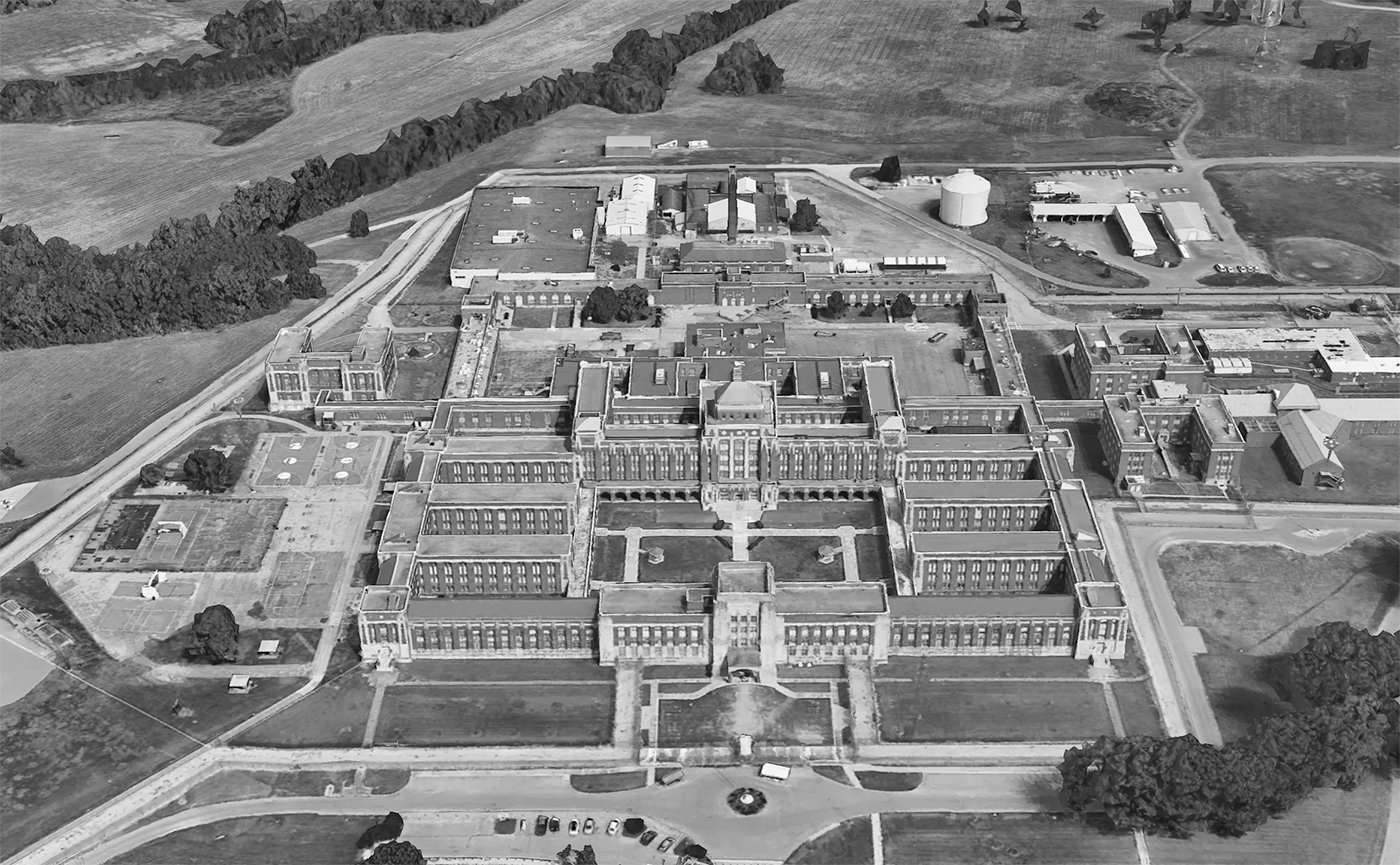By Mary Catlin, David Wilson, Allison D. Redlich, Talley Bettens, Christian Meissner, Sujeeta Bhatt, Susan Brandon
Background
False confessions are often the product of an interrogation process, and the method by which an interrogation is conducted likely affects both the rate of truthful confessions and false confessions. An optimal interrogation method will maximize the former and minimize the latter.
Objectives
The current study was a partial update and extension of Meissner and colleagues' (2012) prior Campbell systematic review titled Interview and Interrogation Methods and their Effects on True and False Confessions. Our objective was to assess the effects of the interrogation approach on the rates of true and false confessions for criminal (mock) suspects.
Search Methods
PsycINFO, Criminal Justice Abstracts, and 15 other databases were searched starting October 20, 2022, with the final search conducted on May 23, 2023; together with reference checking, citation searching, and contact with authors to identify additional studies.
Selection Criteria
All eligible studies experimentally manipulated interrogation approaches (i.e., accusatorial, information-gathering, or direct questioning) were conducted with mock suspects accused of wrongdoing where ground truth was known and included information about confession rates.
Data Collection and Analysis
We used standard methodological procedures expected by The Campbell Collaboration for our selection of studies and data collection. However, we developed our own risk of bias items and analyzed our data using network meta-analysis methods. Data were synthesized via random-effects network meta-analysis based on the logged odds ratio.
Main Results
Across the 27 research articles that provided statistical information sufficient to calculate an effect size, 29 individual studies provided a total of 81 effect sizes. Most studies were conducted with college students in the United States. Overall, our risk of bias assessment indicated that authors generally adhered to double-blind procedures and avoided selective reporting of outcomes. Of note, however, it was often unclear how violations of the randomization process were dealt with.
For true confessions, there were 12 studies estimating the effect between accusatorial and direct questioning, five estimating the effect between information-gathering and direct questioning, and another five estimating the effect between accusatorial and information-gathering. Compared to information-gathering, on average, the accusatorial conditions observed fewer true confessions, although not statistically significant (combined OR = 0.55, 95% CI 0.29, 1.05). The largest effects were between information-gathering and direct questioning, with the former producing significantly more true confessions on average (combined OR = 2.43, 95% CI 1.29, 4.59). This model showed good consistency between the direct and indirect effects.
For false confessions, there were 20 studies estimating the effect between accusatorial and direct questioning, 4 studies estimating the effect between information-gathering and direct questioning, and 7 estimating the effect between accusatorial and information-gathering. On average, accusatorial conditions yielded more false confessions than direct questioning (combined OR = 3.03, 95% CI 1.83, 5.02) or information-gathering (combined OR = 4.41, 95% CI 1.77, 10.97), both of which are statistically significant. In contrast, direct questioning and information-gathering had roughly similar rates of false confessions with nonsignificant and small effects that slightly favored information-gathering (combined OR = 0.69, 95% CI 0.27, 1.78). This model showed good consistency between the direct and indirect effects.
For true confessions under a six-node model, most of the direct, indirect, and combined network estimated mean odds ratios were not statistically significant. The only significant effects were for (1) information-gathering versus direct questioning, with the former resulting in more true confessions (combined OR = 2.57, 95% CI 1.38, 4.78); and (2) accusatorial-evidence ploy versus information-gathering with the former resulting in fewer true confessions (combined OR = 0.37, 95% CI 0.16, 0.84).
For false confessions under a six-node model, we found significant effects for (1) accusatorial-evidence ploys versus direct questioning, with the former resulting in more false confessions (combined OR = 2.98, 95% CI 1.59, 5.59); (2) accusatorial-evidence ploys versus information-gathering, with the former resulting in more false confessions (combined OR = 4.47, 95% CI 1.46, 13.68); (3) accusatorial-other versus direct questioning, with the former resulting in more false confessions (combined OR = 3.12, 95% CI 1.37, 7.10); (4) accusatorial-other versus information-gathering, with the former resulting in more false confessions (combined OR = 4.67, 95% CI 1.61, 13.55); and (5) information-gathering versus minimization, with the latter resulting in more false confessions (combined OR = 0.25, 95% CI = 0.08, 0.83). No other combined effects were significant. This model should be interpreted cautiously, however, as the Q statistics raised concerns regarding model consistency.
Author's Conclusions
Overall, results support calls for reforming policies related to interviewing and interrogation practices to prohibit the use of accusatorial approaches and require the adoption of science-based approaches.
Campbell Systematic Reviews Volume 20, Issue 4 December 2024





















